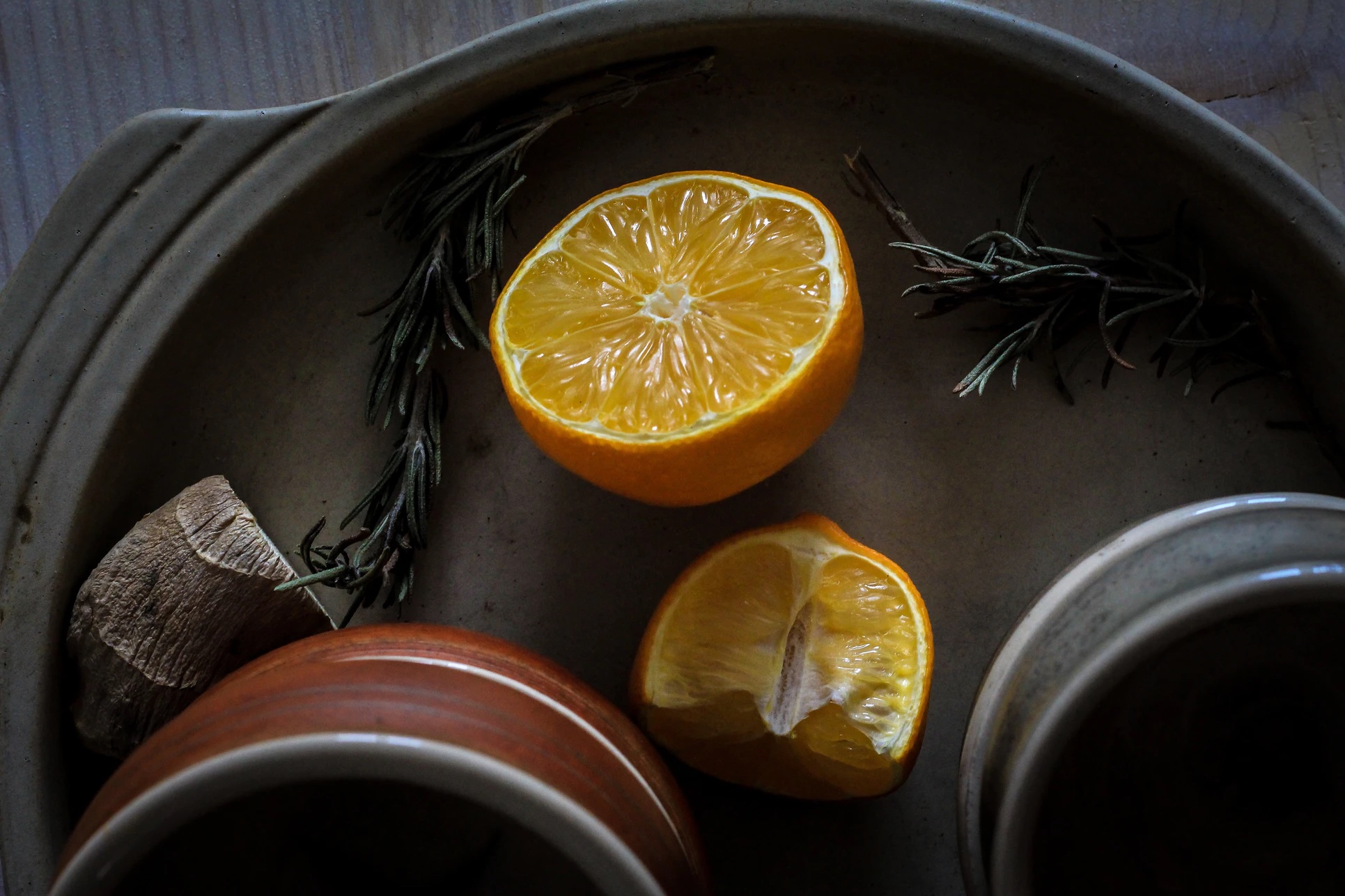What Is a True Cleanse?
Debunking The Vague Myths on Cleansing

Detox diets are more popular than ever. It seems as if everyone is either on a ‘cleanse’ or is planning on attempting one. These diets claim to eliminate harmful toxins, clear the blood and liver, and help you lose weight. But what does cleansing even means? Ayurveda classifies treatment into two categories – Shamana; or balancing treatment, and Shodana; or elimination treatment.
Shamana | pacification treatment
Pacification treatment works on balancing and calming down aggravated Doshas. Shamana is used to treat all three Doshas and is the primary method used to settle down imbalances related to Vata (air). Like the wind, Vata has no weight and is hollow, clear, dry, and moving. It can’t be eliminated from the body due to its lack of physical form; therefore, Vata can only be treated with methods that bring stability and balance.
Pacification treatments include different forms of fasting, exposure to sunlight, sweating either in a sauna or by doing vigorous physical exercise, and lightening your diet.
Shodana | elimination treatment
Elimination treatment works on evacuating excessive Doshas from the body. Shodana is applicable when Ama (toxic buildup) is present in the system, either in the physical form of excess Pitta (heat and inflammation) or Kapha (mucus and extra fat).
For that reason, cleansing is NOT suitable for everyone! Nowadays, most of us suffer from imbalances related to Vata Dosha due to our stressful, fast-paced, and depleting lifestyles, which are exhausting both physically and mentally. A cleanse will exacerbate this emptiness even further, leaving more room for Vata to increase and for more problems to form.
Elimination treatments include all Panchakarma procedures and the five methods for loosening and evacuating toxins stuck in the tissues.
What about Kitchari?
Although very nourishing and prized in Ayurveda, Kitchari is not considered a cleansing food. The popular Kitchari Cleanse wasn’t mentioned in the ancient scripts or prescribed as Shodana, or a cleansing method. Kitchari, a dish consisting of rice, lentils, spices, and ghee, is in fact very heavy to digest for someone whose Agni is compromised and may lead to further accumulation of Ama.
Is doing the Kitchari Cleanse a waste of time?
Not at all. Eating Kitchari which is prepared right and according to your digestive strength, while eliminating unwholesome and overly processed foods from your diet for a few days can be of great benefit. People who have a hard time digesting rice and lentils should soak them for long enough, and cook them well, with a lot of water.
What Does Ayurveda consider as Cleansing Foods?
Cleansing foods are light enough not to further weaken Agni while rebuilding back its strength.
These foods fall under Samsarjana Karma; a special dietetic regimen or protocol that brings the strength of the digestive fire back gradually after surgery, or after going through Panchakarma.
These foods include rice broth, lentil broth, and vegetable broth (especially that of celery, zucchini, squash, and herbs). Drinking the broth and eliminating the fibers or grains is nourishing, yet not too tasking on the system. Organic grapes, pomegranates, and Amla (Indian gooseberry) are also considered cleansing.
